Experiment Points To The Existence Of Mysterious Non-Newtonian “Quantum Force”

Since the time of Galileo and Newton, physicists have believed we live in a classical world—that is, a world that obeys the laws of classical…
Read more

Since the time of Galileo and Newton, physicists have believed we live in a classical world—that is, a world that obeys the laws of classical…
Read more
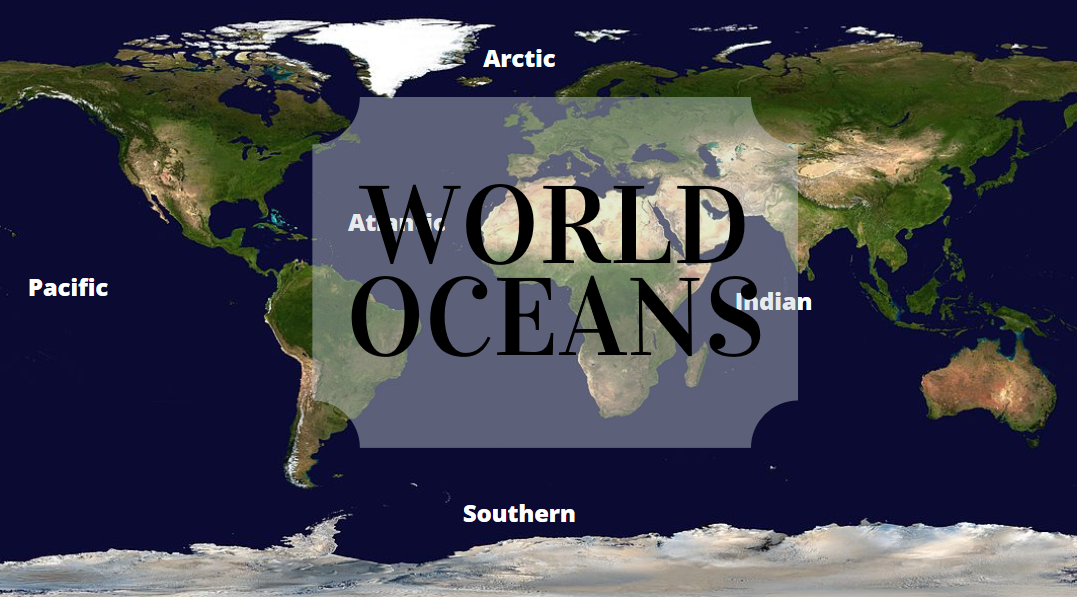
Historically there were 4 named oceans in the world, which include the Atlantic Ocean, Pacific Ocean, Arctic Ocean, and the Indian Ocean. However, today we…
Read more

It is well known that the quantum world is weird. Most news pieces about quantum mechanics consist of some new study showing how some quantum phenomenon behave…
Read more

A tropical savanna is an environment characterized by rolling hills, tall grasslands, and sparse trees. Large parts of Africa and Australia are tropical savannas, as…
Read more
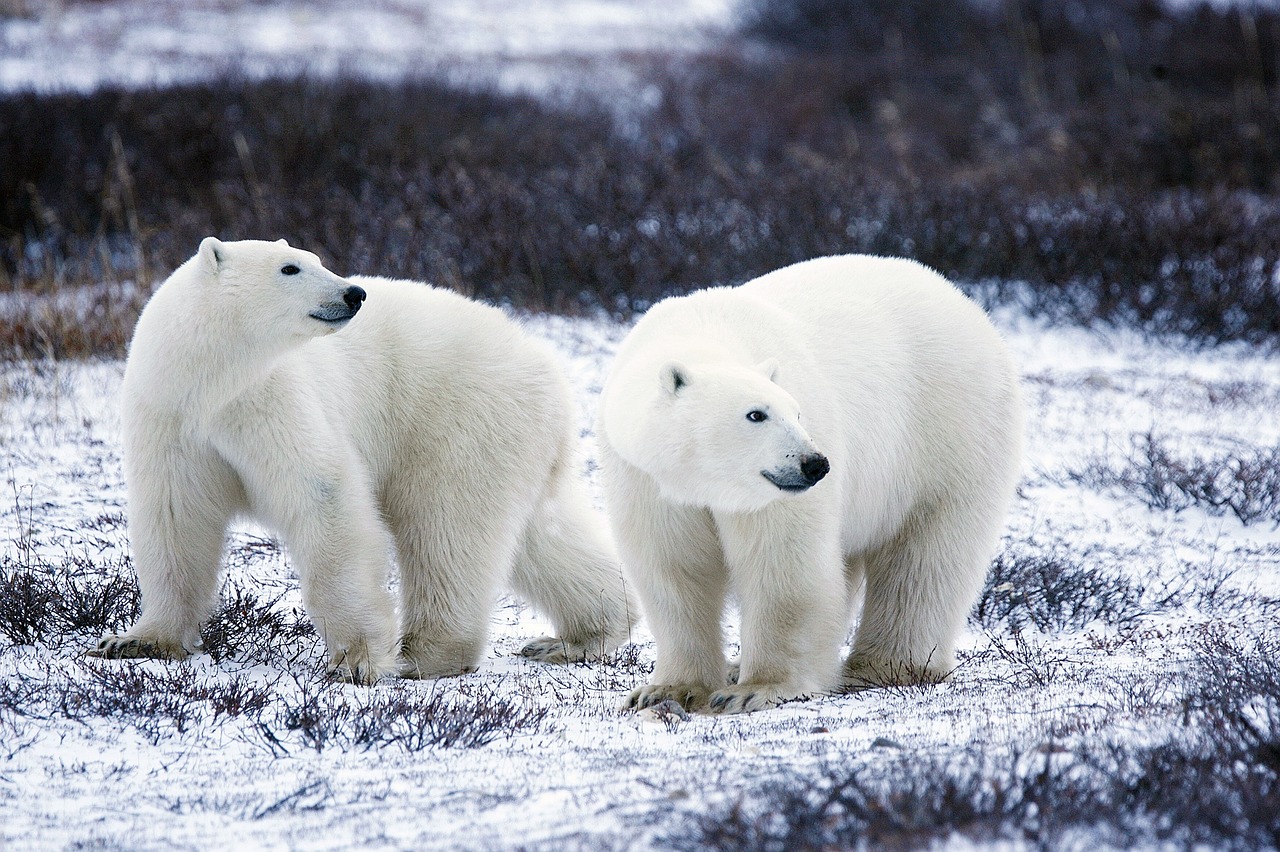
Polar bears are currently listed as vulnerable on the IUCN’s (International Union on Conservation in Nature) Red List of threatened species. Canada is home to…
Read more

Fossil fuel pros and cons can be separated into inexpensive, globally available, and compatibility with energy systems for fossil fuels pros compared to greenhouse gas…
Read more

When it rains we get the strong yet pleasant aroma from the wet earth and clean air breeze. It is both appealing and satisfying; giving…
Read more
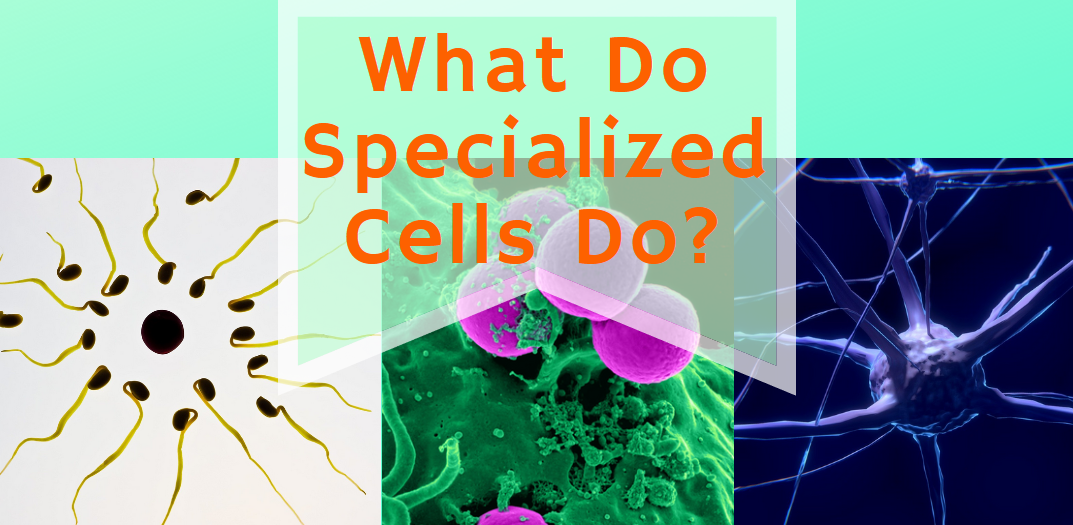
Cells become specialized so that they can perform a set of particular roles or functions, playing their part in reproduction, energy metabolism, regeneration, information transfer,…
Read more
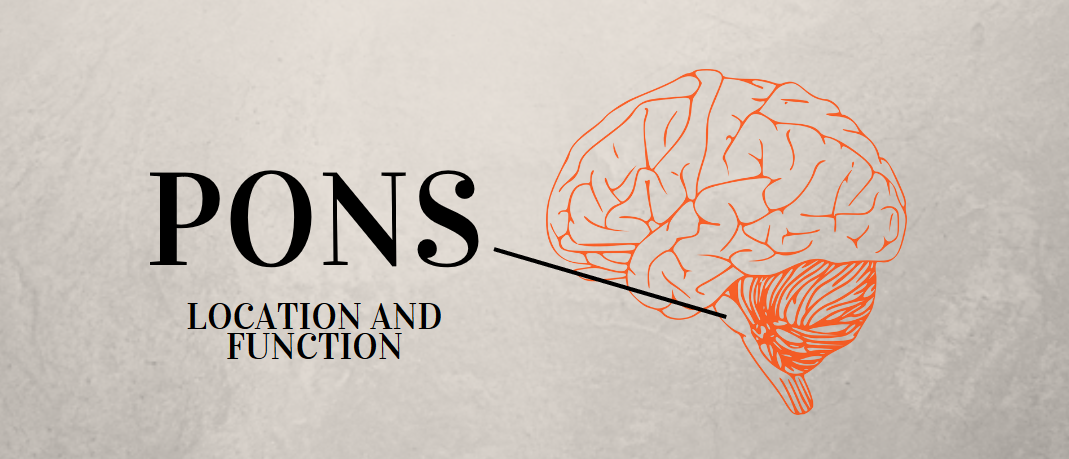
The Pons serves a specific function in the brain; it sorts and relays messages between different sections of the brain. Specifically, the Pons relays messages…
Read more
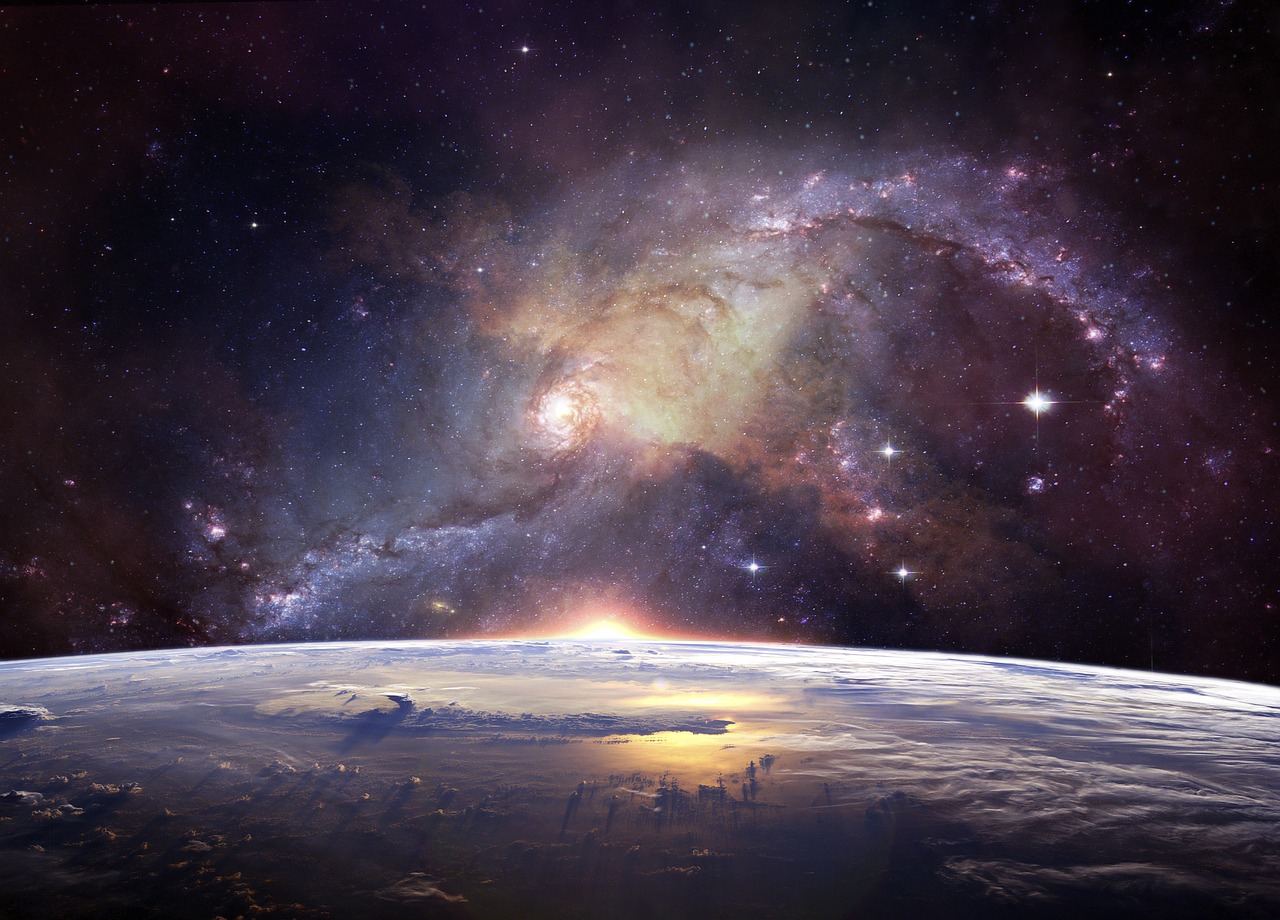
As discussed previously, outer space conditions are harmful to human beings. However, this does not necessarily mean that they are devoid of life. Indeed, there…
Read more

Scientists at the University of Connecticut recently published work in Nature Communications (Lees-Shepard et al. 2018, NatComms 9, 471) that describes the discovery of the…
Read more